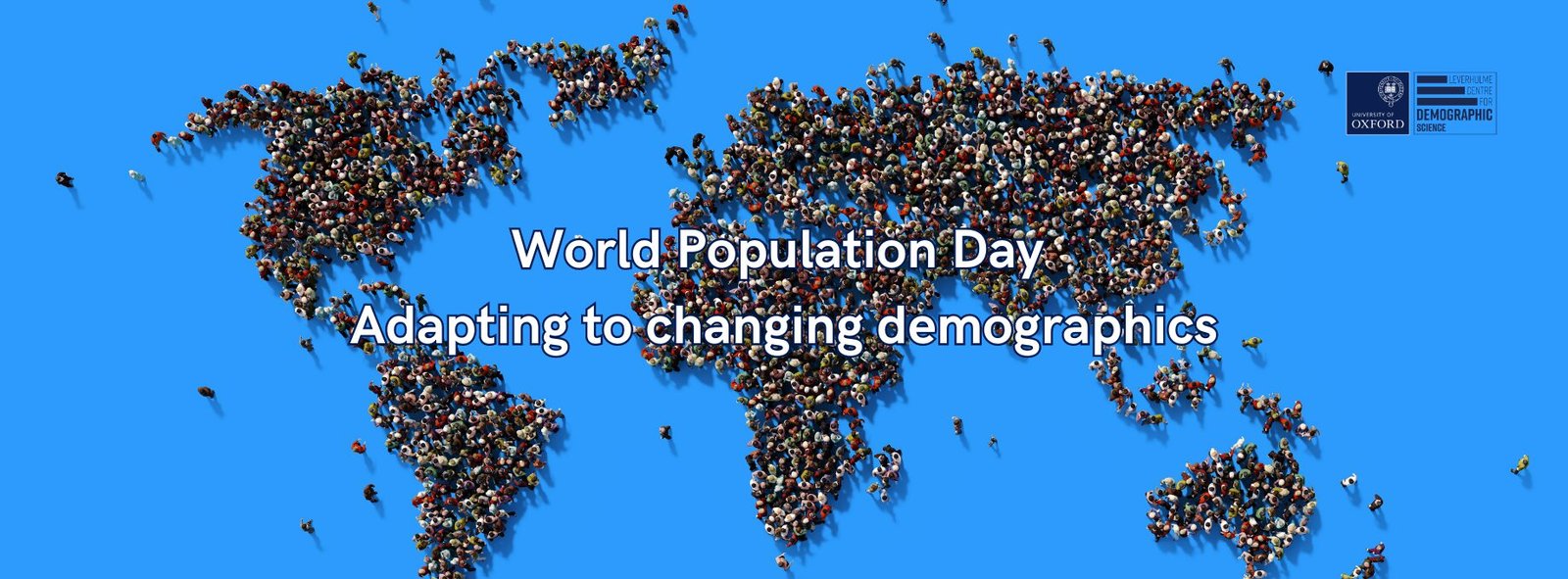Understanding the Changing Landscape of Global Populations
The global population is undergoing significant transformation due to shifting fertility rates, child survival rates, and migration trends. Recent data from the annual Commission on Population and Development meetings underscore these dynamics. The most observable trend is the decline in fertility rates, particularly in high-income countries. Many nations are experiencing rates at or below the replacement level of 2.1 children per woman, leading to demographic aging and potential workforce shortages. Meanwhile, some low-income regions continue to report high fertility rates, which can strain resources and impact development efforts.
Child survival rates present another area of concern. Despite improvements in healthcare and maternal services, disparities remain stark across different geographic regions. In some countries, child mortality persists at unacceptably high levels, often exacerbated by factors such as poverty, inadequate healthcare infrastructure, and socio-political instability. These persistent challenges highlight the urgent need for targeted interventions to ensure the health and well-being of children, especially in vulnerable communities.
The juxtaposition of aging populations in developed nations against the youthful demographics of developing regions raises questions about sustainability and resource allocation. While some countries grapple with the implications of a shrinking workforce and increased elder care costs, others face challenges related to youth unemployment and inadequate educational opportunities. These divergent demographic trends necessitate comprehensive population management strategies that account for regional differences and foster equitable growth.
Overall, the current landscape of global populations signals a pressing need for action. Policymakers must navigate these changing demographics by adopting adaptive strategies that address both the challenges and opportunities presented by varying fertility, child survival, and migration trends. This proactive approach is essential to achieving sustainable development goals globally.
The Youth Surge in Africa: Opportunities and Challenges
Africa is experiencing a significant demographic shift characterized by a youthful population. With over 60% of its population under the age of 25, the continent presents unique opportunities for economic growth, innovation, and social transformation. Experts, particularly from countries like Kenya, emphasize that harnessing the potential of this demographic dividend could be vital for Africa’s development. However, this surge in youth also brings about considerable challenges that need to be addressed thoughtfully.
One of the foremost challenges is the need for access to quality education. Many educational institutions across Africa face overcrowding, insufficient resources, and a lack of trained teachers. As the youth population continues to expand, it is crucial for governments and educational policymakers to create systems that not only accommodate but also provide quality education that equips young people with the skills needed for a rapidly changing job market. This focus on education is intrinsically linked to enhancing employment opportunities, as a well-educated workforce is better positioned to compete in the global economy.
Healthcare remains another significant concern. Maternal and child health indicators in many African countries are alarming. There is a pressing need for healthcare systems that can cater to the growing youth population. Strategies must be developed to improve access to healthcare services, including reproductive health education, which plays a critical role in decreasing maternal mortality rates and enhancing child survival rates.
Moreover, the migration trends from rural to urban areas create both opportunities and challenges. Urbanization can lead to more economic opportunities; however, it also puts immense pressure on urban infrastructure and services. Cities must be equipped to handle increasing populations to prevent the development of slums and ensure that young people have safe, sustainable living conditions. Addressing these multifaceted issues is essential for capitalizing on Africa’s youthful potential while mitigating the risks associated with rapid demographic changes.
Contrasting Populations in the Caribbean: Youth Decline and Elderly Rise
The demographic landscape of Caribbean nations, particularly Jamaica, has observed notable shifts marked by a declining youth population coupled with a rising elderly demographic. As fertility rates decrease and life expectancy increases, the implications of these contrasting population trends become increasingly important for policymakers and society alike. The transition reflects broader global patterns of demographic change, yet it possesses unique characteristics within the Caribbean context. In Jamaica, for example, the youth population has diminished significantly over the past decades, leading to concerns about the future workforce and economic sustainability.
This declining youth demographic is substantial, particularly in the face of emigration of skilled workers who seek opportunities abroad. As young individuals migrate in search of better prospects, the nation faces the challenge of adapting to a shrinking labor pool. The workforce is further strained by the high levels of unemployment among those who remain, particularly among the younger generation. The shift toward an older population not only alters the economic dynamics but also necessitates an increase in elder care services, complicating resource allocation for healthcare and social services.
A life-cycle approach to policy-making emerges as a valuable strategy in addressing these demographic challenges. This approach emphasizes the balanced consideration of both young and older populations in policy development. By implementing comprehensive strategies that account for the educational, employment, and healthcare needs of the youth, while simultaneously ensuring adequate support for the elderly, governments can create a more sustainable demographic future. Such initiatives might involve investments in training programs for youth and the establishment of a robust support system for older citizens, ensuring that both demographics receive the attention they require. The path forward requires an integrated strategy that acknowledges the complexities of a demographically diverse society.
Policy Responses and Future Directions for Sustainable Development
In light of the demographic challenges discussed, numerous countries have developed and implemented policy responses aimed at promoting sustainable development. One notable initiative is Albania’s ‘baby bonus’ program, which provides financial incentives to families who have more children. This strategic approach aims to counteract declining birth rates, encouraging population growth and supporting family structures. Similarly, Kenya has invested significantly in healthcare for women and children, which not only enhances child survival rates but also empowers women by improving their access to essential health services. These initiatives reflect an understanding that addressing demographic issues requires targeted interventions tailored to the unique needs of each country.
Beyond individual national initiatives, the importance of international cooperation cannot be overstated. Countries are increasingly recognizing that demographic shifts such as migration and aging populations do not occur in isolation; rather, they are interconnected challenges that demand collaborative strategies. For instance, multilateral partnerships can facilitate the sharing of best practices and resources to address these issues. By engaging in dialogue and drawing from the experiences of other nations, countries can develop more effective policy frameworks that are responsive to demographic trends.
Data-driven decision-making is another critical component in shaping effective demographic policies. Governments are advised to invest in robust data collection systems that provide accurate and timely information regarding population dynamics. This will enable policymakers to craft strategies that are not only reactive but also proactive in addressing future demographic shifts. Moreover, prioritizing research and analysis can guide nations in identifying potential vulnerabilities and opportunities within their unique demographic contexts.
Looking ahead, it is essential that policymakers prioritize initiatives that foster sustainable development, integrating insights from various fields such as economics, healthcare, and education. By doing so, nations can navigate their demographic situations more effectively, ensuring that growth and development remain inclusive and equitable.

